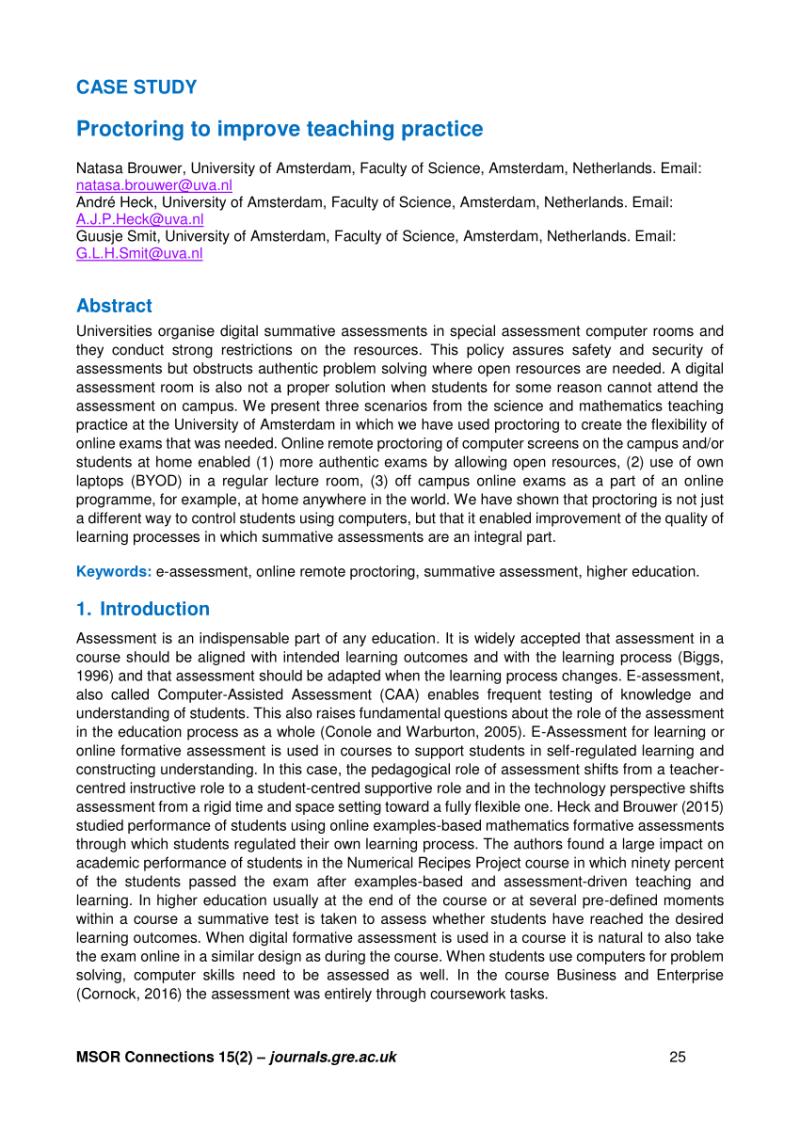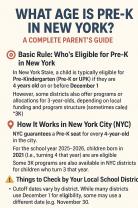How to improve teaching practice?
Improving teaching practice is a continual process that involves refining skills, incorporating new techniques, and staying adaptable to meet the needs of diverse learners. Here are some strategies to enhance teaching practice:
Continuous Professional Development:
- Engage in ongoing professional development opportunities. Attend workshops, seminars, and conferences related to teaching methodologies, technology integration, and subject-specific updates.
Reflective Practice:
- Reflect on your teaching regularly. Consider what worked well, what didn’t, and why. Reflective journals, self-assessment, or discussions with colleagues can help identify areas for improvement.
Peer Collaboration and Feedback:
- Collaborate with fellow educators. Share experiences, resources, and teaching strategies. Peer observations and feedback provide valuable insights for growth.
Student Feedback and Assessment:
- Gather feedback from students through surveys or discussions. Assess their learning experiences, preferences, and areas where they feel additional support is needed. Use this feedback to adapt your teaching methods.
Utilize Technology:
- Explore and integrate educational technology tools and platforms to enhance learning experiences. Online resources, interactive tools, and multimedia can engage students and cater to different learning styles.
Differentiated Instruction:
- Implement differentiated teaching strategies to accommodate diverse learners. Adapt content, delivery methods, and assessments to address varying abilities and interests in the classroom.
Active Learning Strategies:
- Incorporate active learning techniques such as group discussions, hands-on activities, case studies, and problem-solving exercises. Encourage student participation and engagement.
Cultivate a Positive Learning Environment:
- Foster a supportive and inclusive classroom atmosphere. Build relationships, encourage open communication, and create a safe space for learning and exploration.
Stay Informed and Updated:
- Keep abreast of current educational trends, research, and best practices. Stay updated with the latest developments in your subject area and pedagogical approaches.
Seek Feedback and Mentoring:
- Seek feedback from mentors or experienced educators. Mentorship programs or seeking guidance from seasoned teachers can provide valuable insights and guidance.
Balanced Workload and Self-Care:
- Maintain a balance between teaching responsibilities and personal well-being. Self-care is essential for sustaining enthusiasm and effectiveness in the classroom.
Remember, teaching is a dynamic profession, and continuous improvement is integral to providing quality education. Embrace a growth mindset, be open to innovation, and adapt teaching practices to meet the evolving needs of students.
1. Enhancing Teaching Practices for Better Student Outcomes
Effective teaching practices can significantly impact student learning and outcomes. Here are some strategies to enhance teaching practices:
Establish clear learning objectives: Set clear and measurable learning objectives for each lesson or unit. This will help you focus your instruction and ensure that students are learning the desired material.
Varied teaching methods and activities: Employ a variety of teaching methods and activities to cater to different learning styles and engage students. This could include lectures, discussions, group projects, simulations, and hands-on activities.
Differentiated instruction: Differentiate instruction to meet the individual needs and abilities of your students. Provide support for struggling students and challenge those who are excelling.
Active learning: Encourage active learning by involving students in the learning process. This could include asking questions, solving problems, and participating in discussions.
Create a positive and supportive learning environment: Foster a positive and supportive learning environment where students feel safe to take risks, ask questions, and make mistakes.
Regular feedback and assessment: Provide regular feedback to students on their progress. Use formative and summative assessments to track student learning and identify areas for improvement.
High expectations: Hold high expectations for all students and believe in their ability to succeed. Create a classroom culture that promotes perseverance and growth.
Continuous learning: Engage in continuous professional development to stay up-to-date with the latest teaching strategies and research.
2. Effective Professional Development Opportunities for Educators
Professional development plays a crucial role in enhancing teaching practices and improving student outcomes. Here are some effective professional development opportunities for educators:
Content-specific workshops: Attend workshops or courses focused on the specific content areas you teach. This will help you deepen your understanding of the subject matter and develop effective teaching strategies.
Pedagogical training: Participate in training on various pedagogical approaches, such as differentiated instruction, project-based learning, and technology integration. This will equip you with a range of tools to engage students and promote deeper learning.
Mentorship and coaching: Seek mentorship or coaching from experienced educators. They can provide personalized guidance, support, and feedback to help you improve your teaching practices.
Collaborative learning: Engage in collaborative learning opportunities with other educators. Share ideas, strategies, and resources, and learn from each other's experiences.
Self-directed learning: Take advantage of self-directed learning resources, such as online courses, professional journals, and educational websites. Stay informed about current trends and research in education.
3. Reflective Practice for Improving Teaching Methods
Reflective practice is a crucial aspect of professional development for educators. It involves systematically examining one's teaching practices, identifying areas for improvement, and making adjustments to enhance student learning. Here are some steps to engage in reflective practice:
Set aside time for reflection: Regularly schedule time for reflection, either individually or with colleagues.
Gather data: Collect data about your teaching, such as student feedback, assessment results, and observations of your own teaching.
Analyze the data: Reflect on the data you have collected and identify patterns or areas that need improvement.
Develop a plan for improvement: Create a plan to address the areas you identified for improvement. This may involve seeking additional training, trying new teaching strategies, or seeking feedback from colleagues.
Implement the plan: Put your plan into action and monitor the progress you make.
Continue reflecting: Regularly revisit your reflective practice to track your progress and identify areas for further improvement.
Reflective practice is an ongoing process that can significantly enhance teaching practices and improve student outcomes. By regularly reflecting on their teaching, educators can identify areas for growth, develop new strategies, and continuously improve their effectiveness in the classroom.













